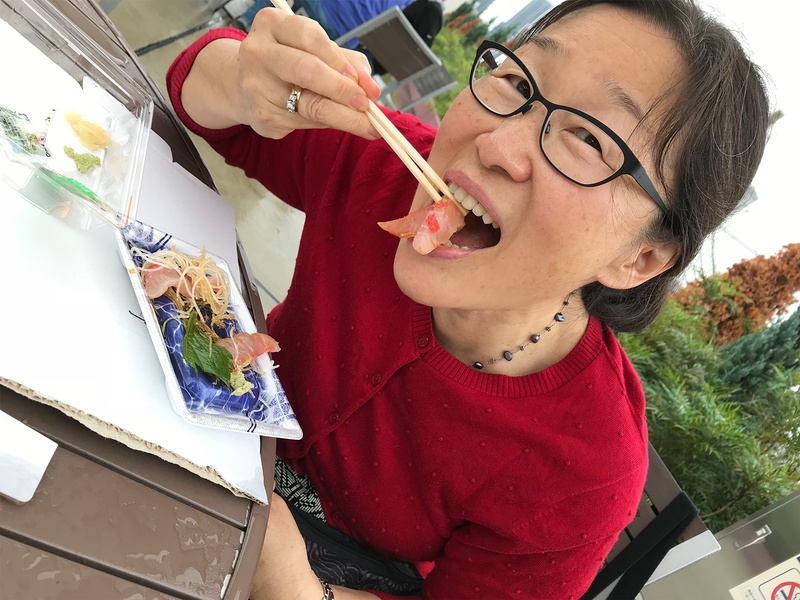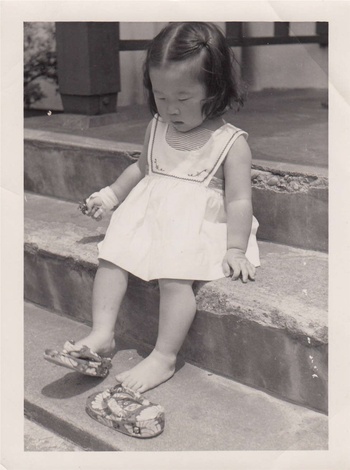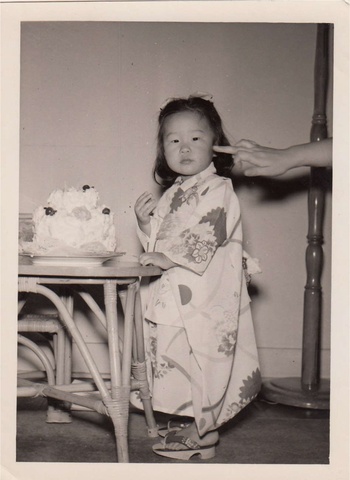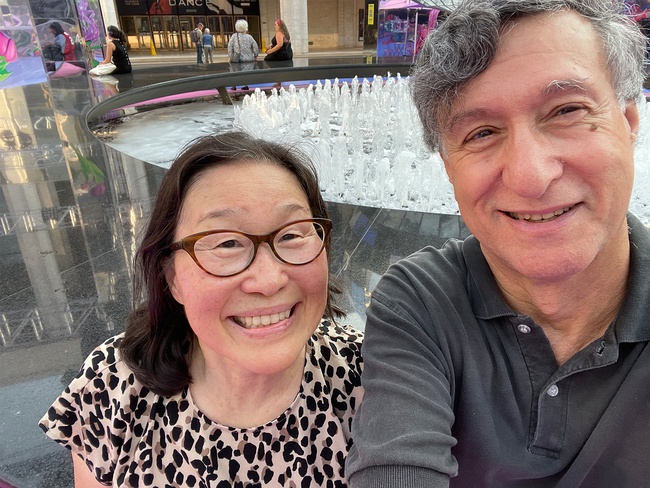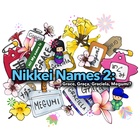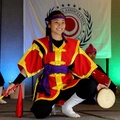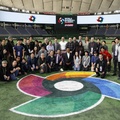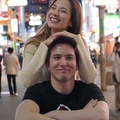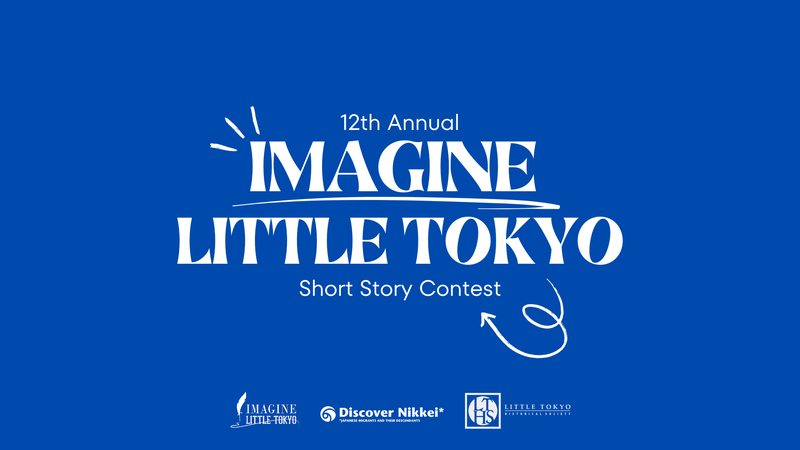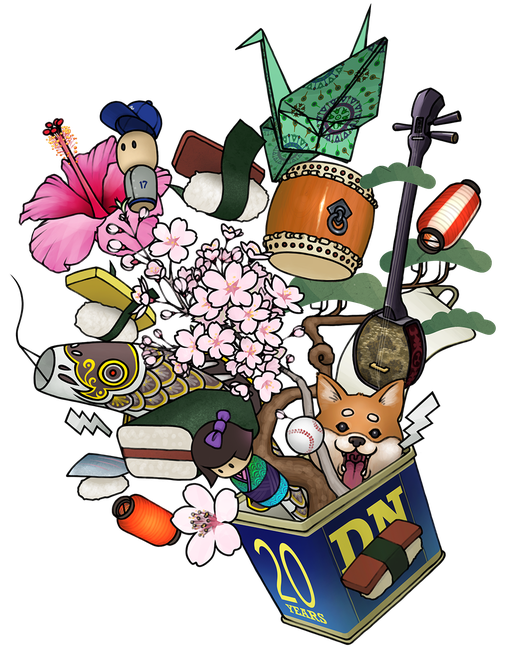Karen Kawaguchi defines and expresses who I am. Born in Tokyo in 1953 to a Japanese mom and a Nisei dad. Moved to America in 1958. I feel American and can act and speak the part. I love having the freedom to shape my American life as I please—careers, homes, relationships, friendships, cultural adventures, travel. But deep inside, part of me feels Japanese. Tastes and smells. Amai, umami, karaii. How I react to people and life. Sumimasen, kansha, gambatte. Sometimes I back off, feeling enryo.
I have a complicated relationship with the Japanese language. I can understand some spoken Japanese, but I cannot speak fluently or confidently. I understand 80% of dialogue in most Japanese films and shows, especially family dramas and romances. I can read only rudimentary hiragana. Kanji remains a mystery, except for Kawaguchi 川口.
My mother spoke to me in Japanese and English. I understood all her Japanese, but responded mostly in English. I translated America for my mom: words, expressions, customs, people. My dad was bilingual, born and raised in Seattle, except for a few years in Japan as a child. His Japanese improved when he served in MIS during World War II and from living in Japan in the 1950s. He and I spoke in English.
I am studying Japanese now, preparing for a trip to Japan this fall. As I study, my mom’s words bubble into my thoughts and speech. I am grateful for those nihongo words.
Kawaguchi
My last name, Kawaguchi, is written 川口 in kanji. 川 means river. 口 means mouth. “Mouth of the river,” where a river flows into another river, a lake, or the sea.
川口 was the first kanji I learned as a child. If only all kanji could be this simple and elegant!
The image and sound of flowing water have always touched me deeply. I’ve been happiest living near the Hudson River, enjoying the daily and seasonal moods of the river. In the early 2000s, I lived in Hastings-on-Hudson, New York where I saw the daily interplay of river, sky, air, light on bright and dark days and during sunsets and storms. Now I live in Spuyten-Duyvil, in the southwestern corner of the Bronx in New York City. Past our parking lot and over the Henry Hudson Parkway, the river beckons to me, casting nature’s beauty and power over city noise and pollution.
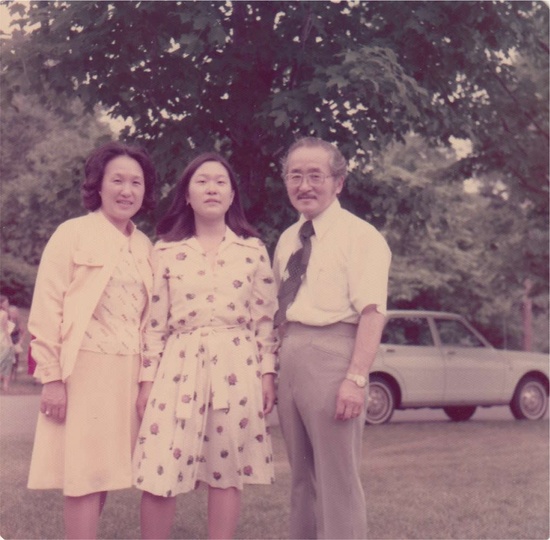
In Japan, Kawaguchi is a beautiful, poetic name. Think of Kawaguchiko, the lake at the base of Mt. Fuji.
In America, people have trouble with it. I always have to spell it. K-A-W-A-G-U-C-H-I. Some Americans spell it as Kawagucci (the Italian version is popular in New York), Kavagooch, Kawagotchi. I once got a fax addressed to Ms. Kawa-goat-cheese.
When I call my Japanese hairdresser or a Japanese restaurant run by nihon-jin, I pronounce it the Japanese way: KAWA-G’CHI. Not the American way: Kawa-GOO-chee. I resent having to subvert the pronunciation of my last name to satisfy American ears, but that’s what countless immigrants have done to assimilate.
Karen
When I was born in a U.S. military hospital in Tokyo in 1953, my parents named me Karen. My dad had asked for suggestions from his friend and MIS colleague, Arthur Klauser, an American Yale-educated attorney. He suggested Karen for me and later, Geoffrey and Marianne for my siblings.
In the 1950s and 1960s, Karen was a popular girls’ name in America, evoking blue-eyed, blond girls. Per Wikipedia, Karen is Norwegian in origin, a shortened version of Katherine, signifying purity. In recent years, Karen became a slang term referring to arrogant white women with an exaggerated sense of entitlement. That derogatory usage seems to be dying out, thank goodness.
My mom never pronounced Karen with the American short A as in căt.
She said Kya-ren. キャレン
Not Kah-ren, the way many Japanese people would say it. カレン
Kya is a noisy syllable, part of kya-kya, an onomatopoeia for screeching or squealing by noisy little girls. (I was a quiet little girl.)
My parents did not give us Japanese first names—or even middle names. I never asked why. During World War II, my dad’s family was incarcerated in Minidoka. My mom and her family lived through the bombings in Tokyo. They probably wanted their kids to be as American as possible. Memories of the war were still fresh in the 1950s. In Chicago, I went with my mom to inquire about renting an apartment. The white landlady said, “We don’t take Japs.”
First Grade: Karen Mariko Kawaguchi
“Oh, another Karen Kawaguchi,” said Mrs. Conahan, my first grade teacher at Blaine Elementary School in Chicago in 1959. She pointed toward another young Asian girl. That Karen Kawaguchi wore glasses (I didn’t need glasses till 3rd grade) and had short hair with bangs (I had a ponytail). She was quiet and shy. Her parents were Nisei and she was born in Chicago. We were aware of each other but never became friends.
To keep us straight, Mrs. Conahan asked us to use our middle names. The other Karen was Karen Sue Kawaguchi. I didn’t have a middle name, so I chose Mariko and wrote Karen M. Kawaguchi on my assignments. I’m not sure where Mariko came from. I liked how it sounded, but it seemed more appropriate for my sister Marianne.
After a year or two, Mariko disappeared.
A Brief Marriage: Karen Kawaguchi Abrams
At age 23 in 1977, I got married and took my husband’s last name. I became Karen Kawaguchi Abrams or sometimes just Karen Abrams. Five years later, we divorced. I changed my name back to just plain old Karen Kawaguchi. I decided I’d never change my name again.
Karen is a Japanese name
My Japanese neighbor Shinichi recently said “Karen. That’s a Japanese name. It means pretty flower.”
Per Wikipedia, in East Asia, including Japan, Karen is a feminine name. It may come from 可憐 (“pretty, lovely”) or 華蓮 (combining kanji for “flower” and “lotus or water lily”).
It turns out I have a Japanese first name after all.
© 2024 Karen Kawaguchi
Nima-kai Favorites
Each article submitted to this Nikkei Chronicles special series was eligible for selection as the community favorite. Thank you to everyone who voted!


